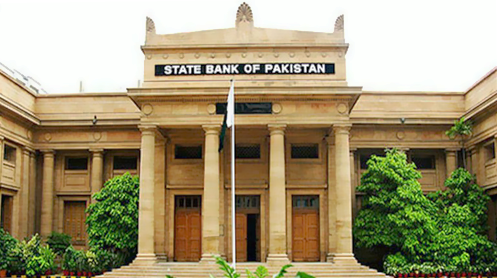Pakistan is grappling with a historic debt burden, reaching a staggering Rs81.2 trillion, which surged by over 27% in the past year alone. The State Bank of Pakistan‘s latest bulletin reveals the alarming increase, with debt and liabilities climbing by another Rs17.4 trillion by the end of December, significantly outpacing previous rates of growth.
The unprecedented level of debt, including Rs4.6 trillion in liabilities, poses urgent challenges for the newly elected government. With an average daily accumulation of Rs48 billion since December 2022, managing this escalating debt has become a critical priority.
The Ministry of Finance‘s Fiscal Policy Statement 2024 highlights a sharp rise in the debt burden during the fiscal year 2022-23, under the Pakistan Democratic Movement’s governance. Gross public debt, standing at Rs67.3 trillion by December’s end, witnessed a staggering increase of Rs14.5 trillion or 27.4% within a year.
Contributing factors to this surge include lower-than-targeted tax collection, currency devaluation, high-interest rates, increased expenditures, losses by state-owned companies, and mismanagement of debt. State-owned enterprises alone have amassed debts and liabilities amounting to Rs3.9 trillion, reflecting uncontrolled losses and lack of reform efforts.
Furthermore, the depreciation of the exchange rate by 264.4% has significantly impacted external debt, which rose by 26% to Rs33.6 trillion within a year. Debt from international institutions like the IMF also surged by 30% to Rs2.14 trillion.
The burden per citizen has soared by 25.2%, reaching Rs271,624 by the end of the previous fiscal year. Interest costs alone amounted to Rs4.4 trillion in the first half of the current fiscal year, indicating the gravity of the situation.
Addressing this crisis demands significant reforms, including reviewing provincial projects, restructuring state-owned enterprises, and negotiating with commercial banks for debt reduction. However, the absence of concrete solutions in party manifestos raises concerns about the government’s ability to tackle this burgeoning debt burden effectively.







